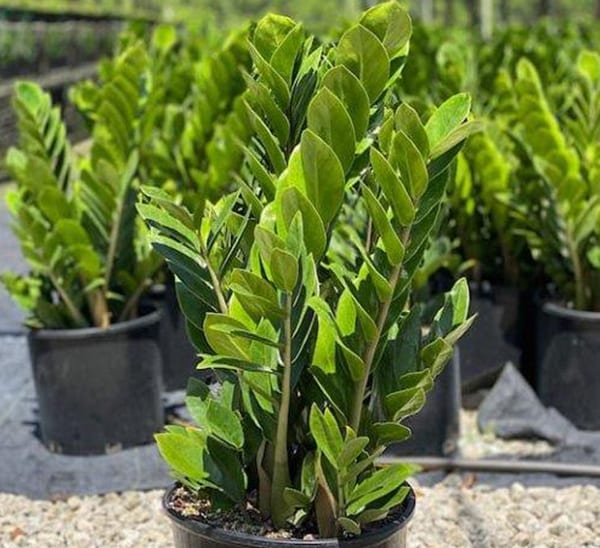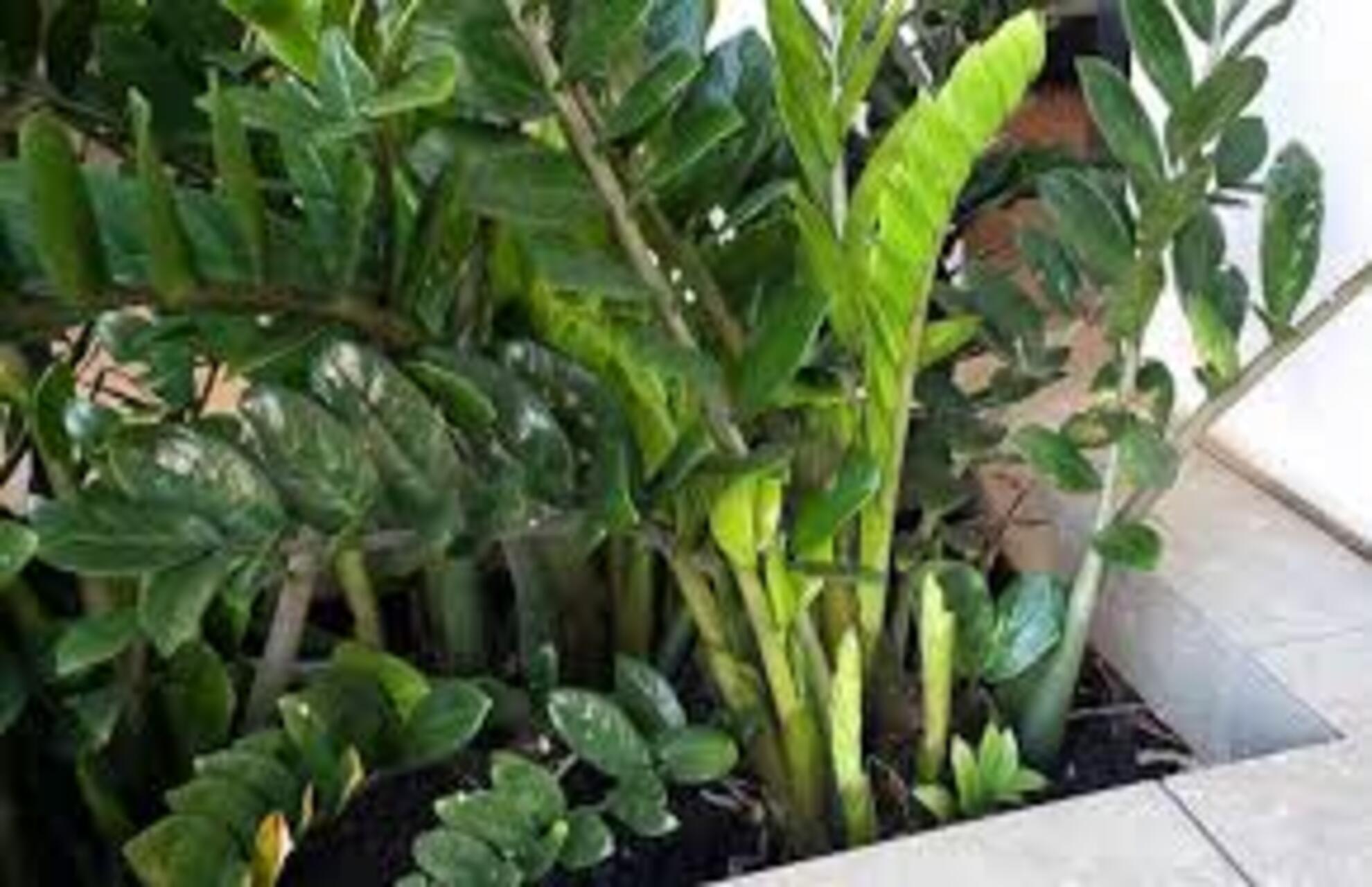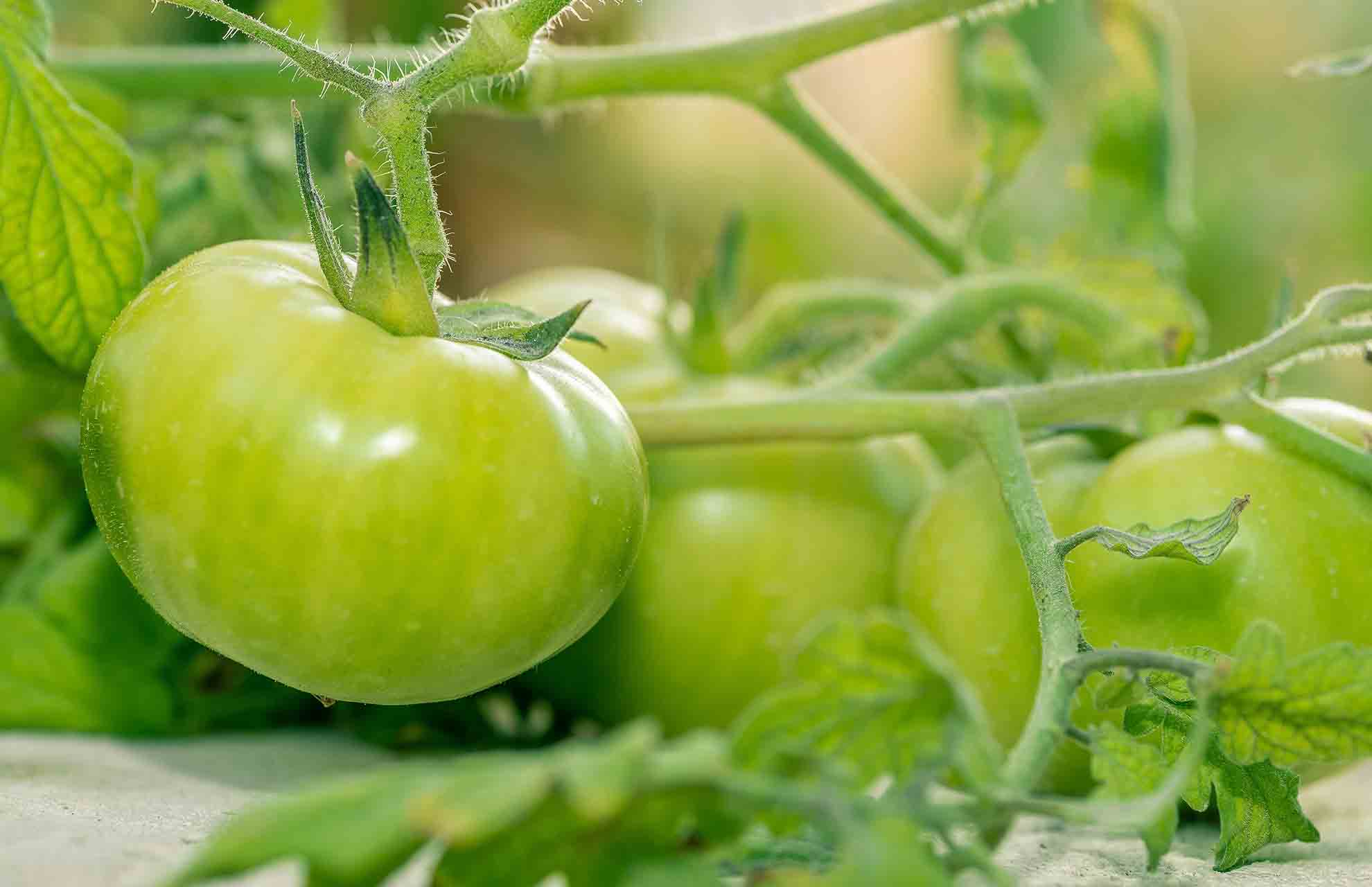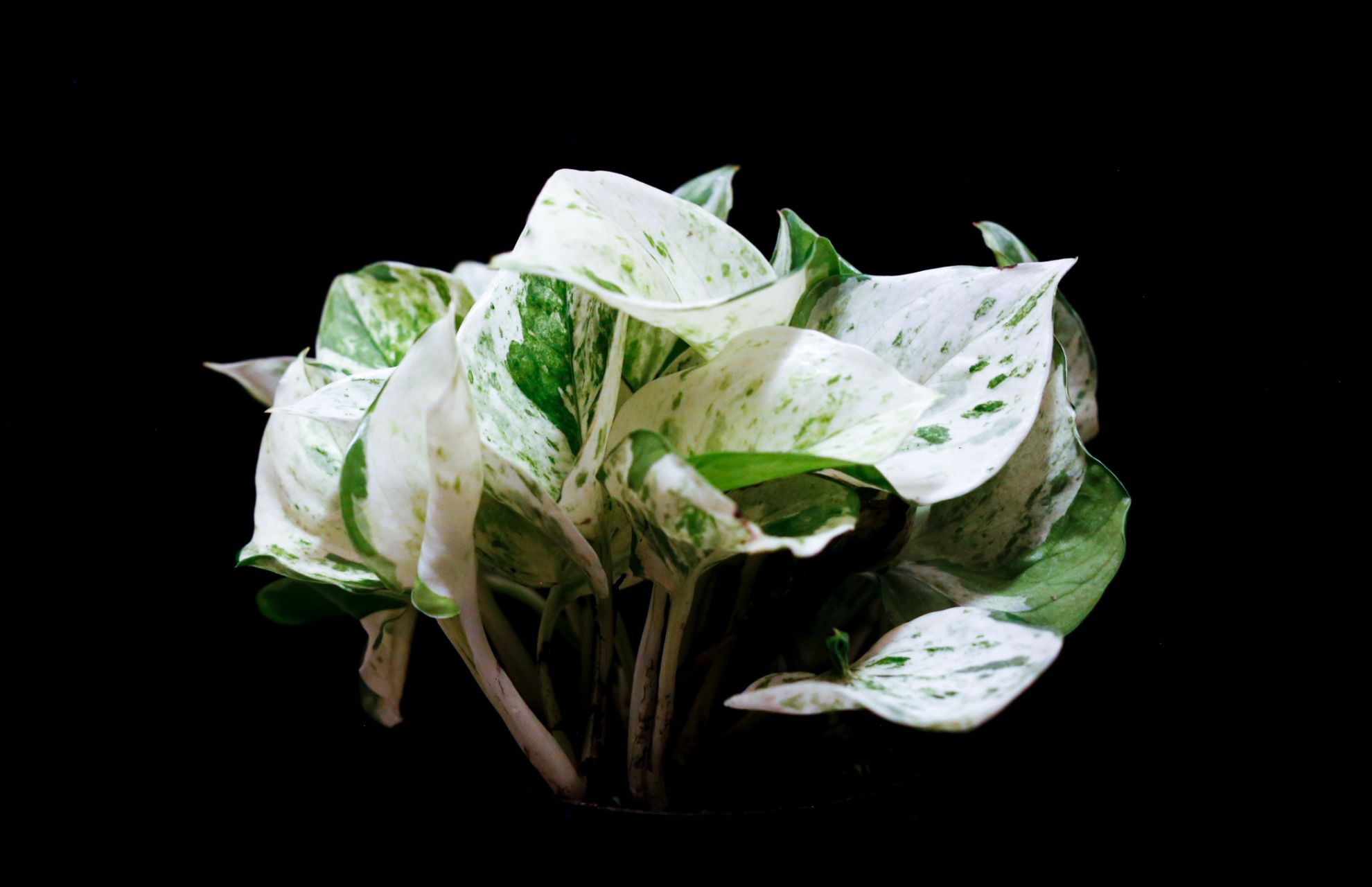ZZ Plant (Zamioculcas zamiifolia), the nearly indestructible houseplant, can withstand some neglect. In fact, because it is so independent, it can occasionally be challenging to determine when it needs simple maintenance, such as good watering. So how can you tell if your ZZ Plant needs water the best? In general, depending on the growing conditions, water your ZZ Plant once to twice a month. Learn more about watering ZZ Plants by reading this article.
Why Water Is Important For ZZ Plants
Water is vital to the life and health of ZZ Plants, just like it is for all other plant life. This reliance on the water begins with seeds because they require it to germinate.
Plants need both organic and inorganic nutrients, which are carried by water. The water that plants need to grow and maintain their shape and form is retained by them.
Water is necessary for photosynthesis in plants as well. Our planet’s water and carbon cycles depend on this process, in which plants absorb water through their roots and release it back into the atmosphere through their foliage.
How Often Do ZZ Plants Need Watering
In the summer, water about twice a month, but only after the soil has completely dried out. Plants grown in low-light environments or during the winter may only require watering once every month.
It might require more frequent watering if your ZZ Plant is in direct sunlight. ZZ Plants typically require less water when grown in low-light environments.
Check The Soil To Determine Water Needs
The soil your ZZ Plant is planted in is the best indicator as to whether it needs water. ZZs prefer their soil to dry out between waterings, as was previously mentioned. Overly prolonged periods of moisture can cause the roots and rhizomes to rot.
By inserting your finger about two inches deep, you can quickly determine the moisture content of the soil in your ZZ Plant. The soil still has plenty of water even if it is damp. If you notice that it is crumbly and dry, water it thoroughly and check to see that it is draining well.
By sticking your finger through the drain hole, you can also examine the soil. You can water again if there is only a slight amount of moisture. Wait a few more days if your finger feels damp and has soil adhering to it.
Another approach is comparable to how you would check to see if a cake was done baking. To remove the soil from the pot, pierce it with a wooden chopstick or skewer, then pull it out. No need to water right away if your chopstick is damp and covered in soil.
How To Water ZZ Plants
- Spritz the top of your ZZ top with water. Place the plant in the sink and slowly pour water into the pot until the water flows freely from the bottom of the container.
- Pour a small amount of water first, then wait a short while for the soil to absorb it. Once the extra water has flowed out of the drainage hole, gradually add more water.
- Take out any extra water that seeps into the tray. ZZ Plants shouldn’t be allowed to sit in water as this could cause root rot.
Factors That Affect The Watering Schedule
Seasons
- Summer: Leaves are more active during this time of year, facilitating the photosynthesis process, which uses a lot of water. The plant absorbs water quickly, and it also evaporates quickly, so water it after two weeks. But if it gets up to 80 degrees Fahrenheit in your area, water it every 5-7 days to make up for the high rate of evaporation.
- Water it every three weeks during the winter because the plant has become dormant. Its ability to absorb water is hampered by freezing temperatures. During this time, watering once a week could cause waterlogging, which would increase the likelihood of disease infestation.
- In the spring, if you live in a hot, dry climate, only water it before the leaves begin to shrivel or turn yellow and the soil becomes entirely dry.
Flowering season: ZZs grown outside are more likely to flower, which means they will use more water than usual. Even so, you shouldn’t overwater during the flowering season. When the top two inches are dry, water it no more.
The Size Of Your ZZ Plant

Plants of different sizes require different amounts of watering. Because of its increased physiological needs, larger plants require more water.
Temperature
ZZs do better in environments that are between 55 and 80 degrees Fahrenheit. Because the plant’s physiological activity is lower at lower temperatures—below 55°F—water it less frequently than usual.
Increase your watering schedule to every five to seven days if the temperature rises above 80°F. Due to increased transpiration and evaporation brought on by high temperatures, the soil dries out more quickly than usual.
Humidity
Between 40% and 50% of relative humidity is the ideal range for ZZs. The evaporation rate increases as the air feel dryer around your home. Checking the humidity levels in your house is essential to figuring out how frequently you should water your plants because they require water molecules in the air.
Reduce the frequency of watering in high-humidity areas in order to prevent soil from becoming saturated. To counteract the effects of the increased rate of water loss, however, you should slightly increase the frequency of watering when the humidity is extremely low.
The Type Of Potting Mix
In a medium made of perlite, coarse sand, and compost, or in a cactus potting mix, ZZ Plants do well. Such a potting mix facilitates quicker drainage and helps keep Zanzibar gems from becoming overwatered.
Irrigate the ZZ a little more frequently if the potting mix drains properly, preferably every two weeks in the summer, spring, and fall. Water plants only once every three weeks in the winter and space out your waterings a little more.
Inspect the top two inches of soil at all times, and only water your plant when the soil is completely dry.
Type Of Pot
It is simpler to maintain a balance between oxygen and water through porous pots with permeable walls, like terra cotta. Almost never do they cause overwatering.
Ceramics and other nonporous materials have poor drainage capabilities. If your plant is growing on these pots, ensure you water it when the soil is completely dry and do it from the bottom up as opposed to pouring water from the top into the pot
Size Of The Pot
To allow its rhizomes to absorb water, a ZZ Plant in a larger pot with more potting mix needs more watering. Rhizomes can get to water more easily, though, in smaller pots. In order to avoid overwatering, make sure to do so.
Conclusion
Since they practically take care of themselves, ZZ Plants are fantastic additions to any collection of plants. However, keeping your ZZs happy and healthy depends greatly on knowing how to water properly and, more importantly, when to water. Your ZZ Plants will reward you with glossy leaves and vibrant character with just a few monthly waterings.
Read More: Is The ZZ Plant Poisonous for Cats, Dogs or Other Pets








